Naval aviation
History
Naval aviation, a critical component of modern warfare, has a rich history that spans over a century. The concept of using aircraft in naval operations was first explored in the early 20th century, with the U.S. Navy and British Royal Navy leading the way. The first recorded use of an aircraft in a naval operation was in 1910 when Eugene Ely, a civilian pilot, took off from a makeshift deck on the USS Birmingham.
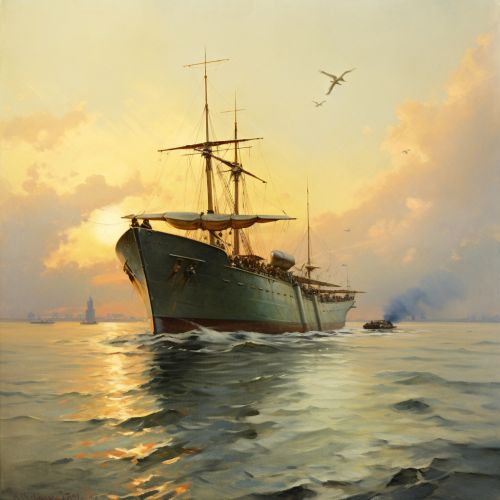
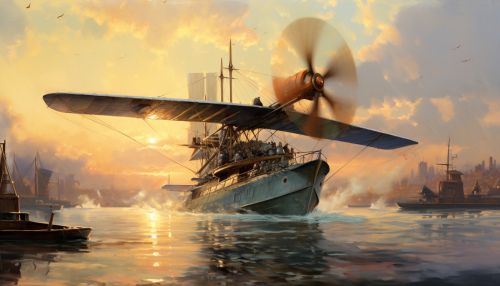
The First World War saw the first significant use of naval aviation, with seaplanes and airships playing crucial roles in reconnaissance, anti-submarine warfare, and coastal bombardment. The interwar period saw further development in naval aviation, with the introduction of aircraft carriers and the evolution of carrier-based aircraft.
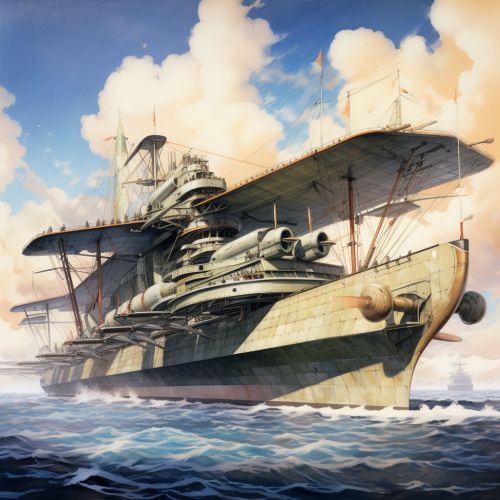

The Second World War marked a turning point in naval aviation. The aircraft carrier replaced the battleship as the fleet's capital ship, and carrier-based aircraft played decisive roles in battles such as Midway, Coral Sea, and Leyte Gulf. Post-war advancements in jet technology and the advent of nuclear-powered carriers further revolutionized naval aviation.
Naval aviation encompasses a wide range of aircraft types, each designed for specific roles. These include fighters, bombers, transport aircraft, reconnaissance aircraft, anti-submarine warfare aircraft, and helicopters.
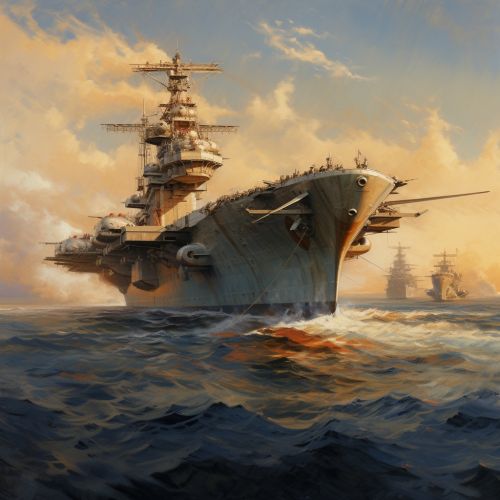
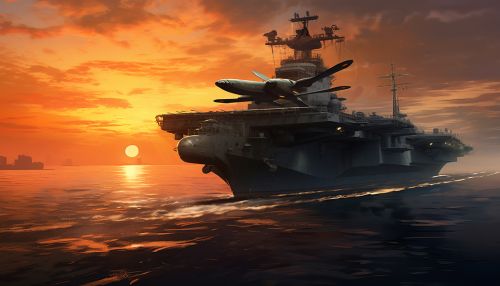
Fighter aircraft, such as the F/A-18 Hornet, are primarily used for air superiority and strike missions. Bombers, like the Douglas A-3 Skywarrior, are designed to attack enemy ships and installations. Transport aircraft, such as the C-2 Greyhound, provide logistical support, while reconnaissance aircraft, like the P-8 Poseidon, are used for surveillance and intelligence gathering. Anti-submarine warfare aircraft, such as the S-3 Viking, are equipped with sonobuoys and torpedoes to detect and destroy enemy submarines. Helicopters, like the MH-60 Seahawk, fulfill a variety of roles, including search and rescue, anti-submarine warfare, and transport.
Naval aviation operations are complex and require extensive coordination between various elements of a naval force. These operations can be broadly categorized into offensive operations, defensive operations, and support operations.
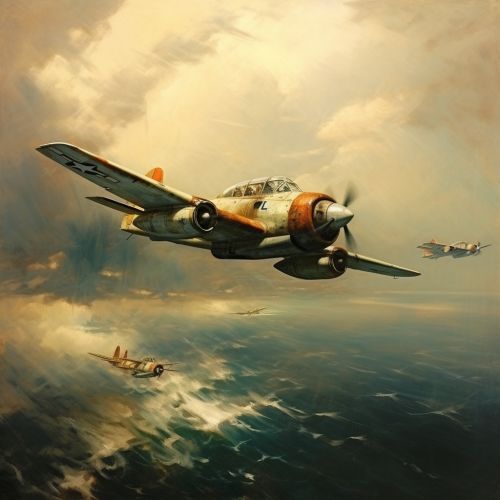
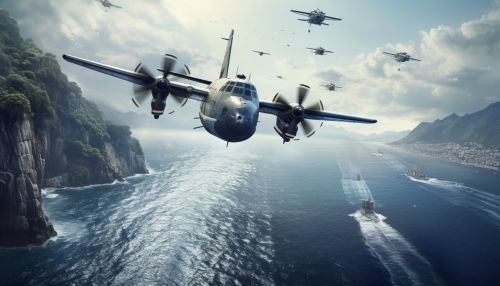
Offensive operations involve the use of naval aircraft to strike enemy targets, either on land or at sea. These operations can include strategic bombing, tactical bombing, and anti-ship warfare. Defensive operations involve the use of naval aircraft to protect friendly forces from enemy air, surface, and submarine threats. These operations can include air defense, anti-submarine warfare, and maritime interdiction. Support operations involve the use of naval aircraft to provide logistical support to friendly forces. These operations can include aerial refueling, transport, and search and rescue.
Training and Personnel
Training for naval aviation is rigorous and comprehensive, encompassing both flight training and naval operations training. In the U.S. Navy, for example, prospective naval aviators undergo a two-year training program that includes primary flight training, advanced flight training, and carrier qualification.
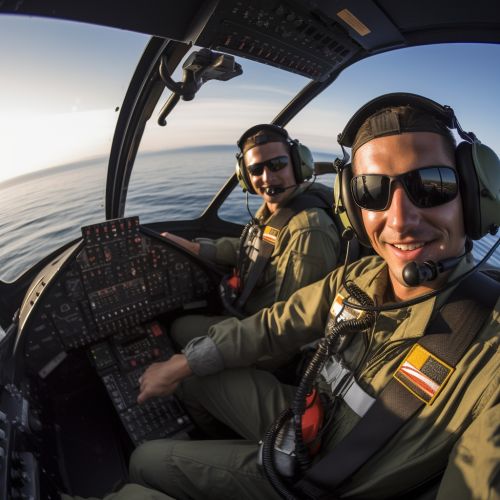
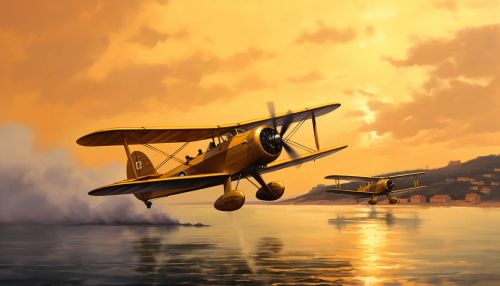
Naval aviation personnel include not only pilots but also navigators, flight officers, aircrew, and ground crew. Each plays a crucial role in ensuring the success of naval aviation operations.
The future of naval aviation is likely to be shaped by advancements in technology, such as unmanned aerial vehicles (UAVs), stealth technology, and artificial intelligence. The increasing use of UAVs, such as the MQ-9 Reaper, in naval operations represents a significant shift in the way naval warfare is conducted.
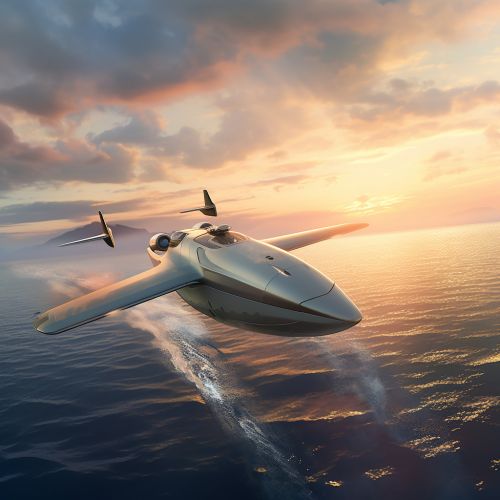
Stealth technology, which reduces the radar cross-section of aircraft, is likely to play an increasingly important role in naval aviation. Artificial intelligence, with its potential to automate many aspects of flight and combat operations, also holds promise for the future of naval aviation.
